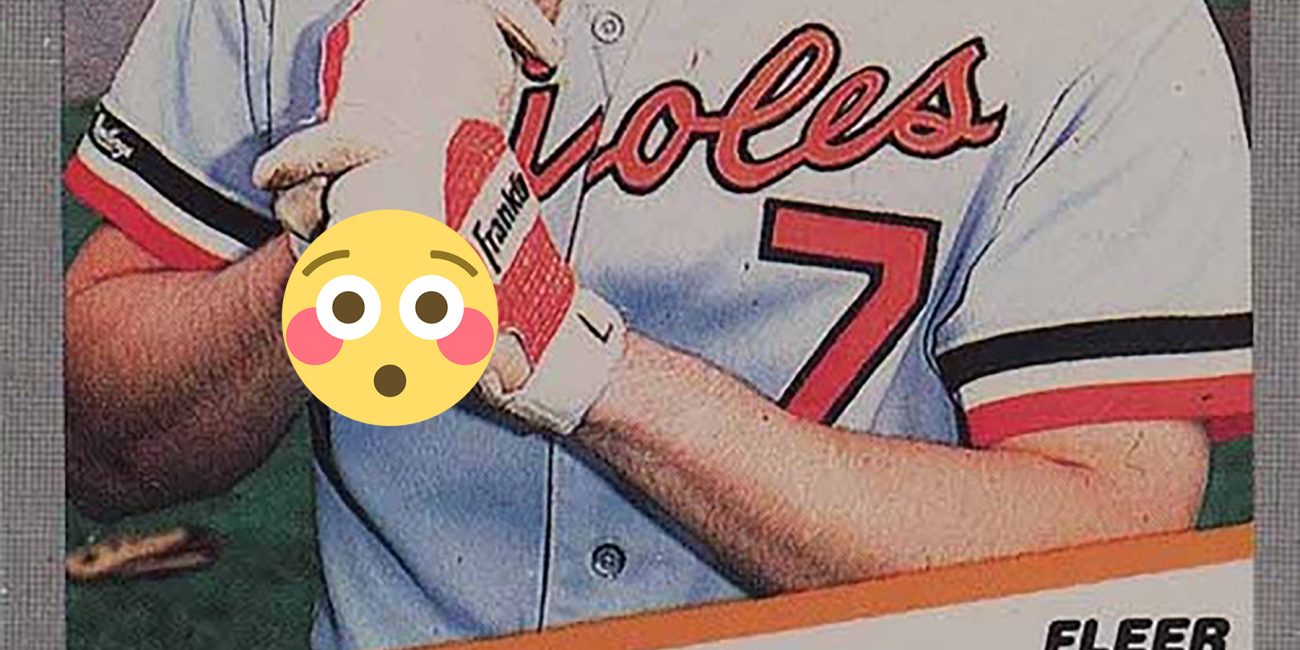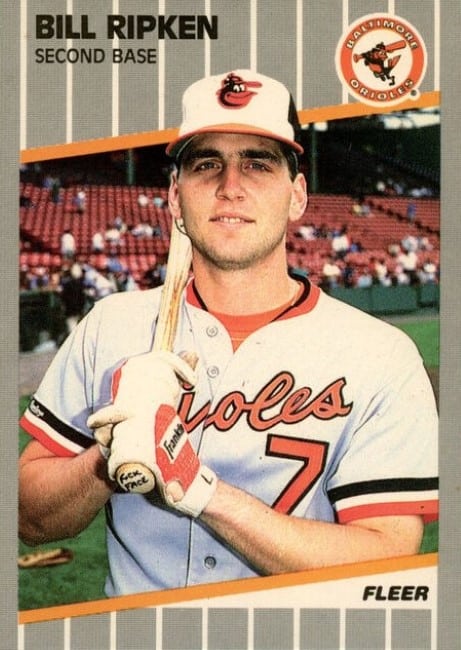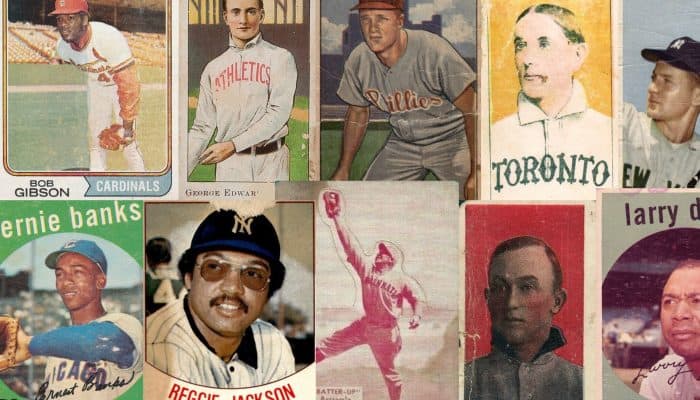
The 1989 Fleer Bill Ripken baseball card is not just a trading card; it’s a piece of baseball lore. When Ripken picked up a bat, with a profanity written on it, and posed for a photo, he likely had no idea what would unfold. This seemingly innocuous mistake has captivated collectors and sparked debate for over three decades. Let’s delve into the story behind this infamous error card, exploring the prank, the controversy, and its lasting impact.
The “FF ERROR” Prank and Photograph

The year was 1989. Spring training was in full swing, and young Bill Ripken grabbed his batting practice bat for his Fleer photo session. Nobody noticed that he’d marked the knob of his bat in an impish way: He wrote “F**k Face” in dark black marker (but the real version wasn’t censored).
The photograph, with the offensive inscription clearly visible on the bat knob, somehow slipped through the editing process at Fleer. Whether it was an oversight, a deliberate attempt to generate publicity, or a combination of both, the exact reason remains a subject of speculation. The card, numbered #616, went into production, destined to become an unexpected collector’s item.
Release and Repercussions
When the 1989 Fleer set hit the shelves, the error card quickly gained notoriety. Collectors scrambled for the card, sometimes labeled the “Rick Face” card to make it more palatable in the media and at shows. The card’s value skyrocketed, fetching exorbitant prices compared to its regular counterparts.
Meanwhile, news of the error card spread like wildfire, reaching the ears of both Ripken and Fleer. Ripken admitted that he wrote on the bat as a way to easily see that it was his batting practice bat. He didn’t intend for it to gate-crash his Fleer photo session. He ultimately blamed Fleer: “They certainly have to have enough proofreaders to see it. I think not only did they see it, but they also enhanced it. That writing on that bat is way too clear. I don’t write that neat. I think they knew that once they saw it, they could use the card to create an awful lot of stir.”
1989 Fleer Bill Ripken Errors and Variations

Fleer, facing public scrutiny, quickly addressed the issue. Over the next year, they made multiple attempts to correct the error, with varying degrees of rarity now assigned to their efforts:
- Original: This is the first issue, with the obscenity on full display
- PSA 8 value: $80
- Whiteout: The first correction worked pretty well, but didn’t quite blend with the natural wood of Ripken’s bat, so they tried again
- PSA 8 value: $175
- White Scribble: Another attempt by Fleer to cover up the profanity involved using a scribble pattern over the inscription
- PSA 8 value: $600
- Black Scribble: For an unknown reason, Fleer used black marker in this later version, which was more obvious than any of the previous corrections
- PSA 8 value: $20
- Black Box: Fleer ultimately obscured the inscription by printing a black box over it
- PSA 8 value: $10
The early attempts to obscure the word are the rarest, and most valuable, of the variations. Some collectors have reported other variations, including cards that have been “notched,” but these are generally considered outliers rather than variations.
The existence of these variations adds another layer of intrigue to the story of the Bill Ripken error card. It highlights the complexities of the printing process and the unexpected ways errors can manifest themselves in the world of sports cards, and the lack of a process to address these issues.
1989 Fleer Bill Ripken: The Aftermath
The Bill Ripken error card became a hot potato for Fleer. While the company faced criticism for the initial oversight, the publicity surrounding the error arguably boosted sales of the entire set. Ripken, despite his initial disapproval, eventually embraced the card’s notoriety, even signing autographs on them later in his career.
The card’s legacy extends beyond its monetary value. It serves as a reminder of the unexpected twists and turns that can occur in the world of card collecting. It also highlights the power of a seemingly small error to capture the public’s imagination and become a permanent fixture in sports history.
Embracing Error Cards
The Bill Ripken error card’s impact extends far beyond its own unique story. It has left a lasting mark on the world of sports card collecting, influencing attitudes towards errors and shaping the hobby in unexpected ways.
Prior to the Ripken card, error cards were often viewed as undesirable oddities. However, the immense popularity of this particular error helped shift the perception. Collectors began to appreciate the unique character and historical significance of error cards, recognizing them as valuable additions to their collections.
This newfound appreciation for errors has fueled a niche market within the hobby. Collectors actively seek out error cards, with prices often exceeding those of their regular counterparts. This trend has encouraged a closer examination of cards by collectors, leading to the discovery of new and interesting variations.
Conclusion
The Bill Ripken error card remains a source of fascination and debate over three decades after its release. Its story is a captivating blend of humor, controversy, and historical significance. It serves as a reminder that even the seemingly mundane can hold unexpected value and capture the public’s attention.
In conclusion, the Bill Ripken error card is more than just a piece of cardboard with a mistake. It’s a testament to the power of unexpected events, the evolving landscape of sports card collecting, and the enduring allure of historical oddities. It serves as a reminder that the most captivating stories in the world of collectibles often lie in the unexpected.


